I blossomed along last night to catch Michael Ableman speak on Thinking Like an Island: Food Security and Sustainability, as part of the art gallery’s Art in Bloom series. The promo promised we’d hear about how “thinking like an island means minimizing reliance on “off-island” resources.”
And indeed it was so. It was a lively, passionate and articulate talk, presenting alternatives for a sustainable future, “where communities develop their own full cycle food systems and city planners integrate food production into new developments.” Ableman speaks with authority, from the foundations of a lifetime spent farming and driving urban agriculture programs (like SOLEfood in East Vancouver), which he now does from Foxglove Farm on Salt Spring Island.
On Salt Spring, he said, there are the problems we all share today: utter dependence on fossil fuel and the automobile and imported food; and like many other urban centres, even this island has its share of poverty and food insecurity, well hidden from public view.
Think of Earth as an island floating in a sea of space, he suggested; perhaps if we thought of it that way we might take better care of it.But it all starts with food: nothing is more basic to our needs, and yet we’ve handed over that responsibility to others, and we’re seeing the results in soil loss, water contamination, obesity, health problems of many kinds.
But islands of farming – for every farm should be as self-contained, self-sufficient and self-renewing as an island – nowadays have ecological and educational roles as well as to feed a predominantly urban world.
His deepest message for the future of food security has to do with education. We can learn to build food security by growing our own gardens: people need the knowledge as well as the means and land to produce some part of the food supply. We can secure it for the future by cultivating those skills in our children, who will after all reap the fruits of our time, so they might as well learn to grow vegetables while they’re at it.
While you can’t impose changes on those who don’t understand the value of food, you can teach children in schools – where the curriculum needs to cover all aspects of food production with the same importance currently given to math and history. Moreover, every school should restructure its approach to food procurement, and make use of its off-duty kitchens for neighbourhood food processing and preservation.
On land tenure, a much discussed obstacle to new farmers, he proposes different models of ownership. It’s wrong, he said, that the only qualification you need for this at present is capital, when stewardship is the more important quality for custodians of this essential resource.
If we are all just passing through, all that remains is the land: we owe it to the future to leave it more fertile than we found it. Land ownership, particularly of parcels of 5 acres or more, should be tied to requirements to learn how to rebuild the soil for growing. But for any new development, building permits should include food production component in proportion to population they support; industrial buildings should be required to have rooftop growing spaces.
He suggests that the armed forces should be put to work restoring growing land and our railway system. Because a local diet is not necessarily an inclusive or varied one, particularly in northern areas, we need to make use of regional foodsheds and transportation is central to providing the population. Rail is the most cost and energy-efficient way to do that.
He paused to throw a few cautions in about phosphorus, one of the three essential components in plant nutrition (along with nitrogen and potassium). Commercial farming uses about 90% of mined phosphorus in agricultural production: this includes, of course, biofuels. Phosphorus is another nonrenewable resource which is due to become scarce, and Ableman feels it’s the elephant in the room, and it’s going to be the next thing worth fighting for. He suggested we check out which countries hold reserves of it. The answer is: China (which has just upped the price so as to conserve supplies for its own use); the US (will run out in 25 years); and, sadly for Africa, Africa.
He mentioned some lectures he’d given on the Hawaiian Islands for the Center for Ecoliteracy. Hawaii used to be a model of self sufficiency, where the population’s role in relation to the environment that supplied its food supply was fully understood; where it was appreciated that the survival of each of us is inextricably tied to one another and the world around us: and that what we do in the way of harvesting seafoods, for example, affects the survival of our community in the long term. But that knowledge has been lost and Hawaii now imports 80% of its food and suffers the same associated problems as everywhere else.
He spoke as well of time he spent as a teenager in Jamaica, and how that island too now relies upon imported food; and in its altered agriculture, geared to supply global markets, has lost what he calls its “national wealth” – the flavour of its fruits.
He quipped that it’s time farmers received the same rock star status that chefs do; but then again, farming is not a spectator sport. People who don’t want to farm should make friends with a farmer: you will need them. And speaking of rocks, he has a fine idea for soil replenishment, which is that every community should have a rock grinder, to enable us to replenish soil minerals by creating our own rock dust.
The bottom line: though it’s encouraging to see how many people want to eat well and locally today, there simply aren’t enough of us doing the hands-on work of growing food. We have a couple of generations of people now who know no more than how to push keys on a keyboard. We need to consider what we’ll depend on when we can’t depend on technology, for the skills we’ll require to survive on this earth include growing food and restoring the soil.
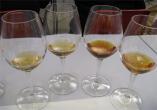
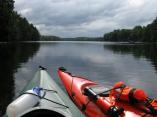

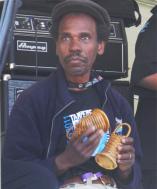
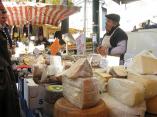
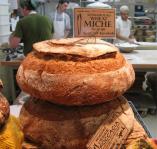



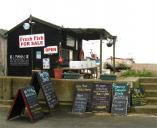
3 Responses to Food Security in Bloom